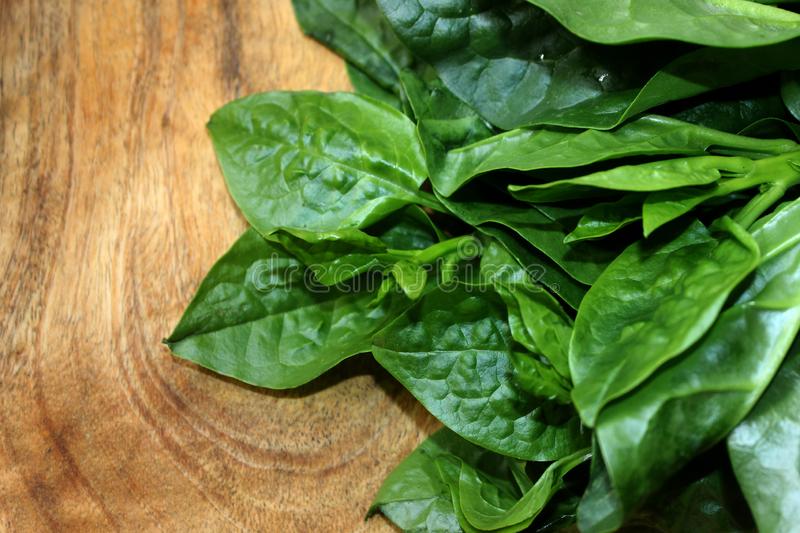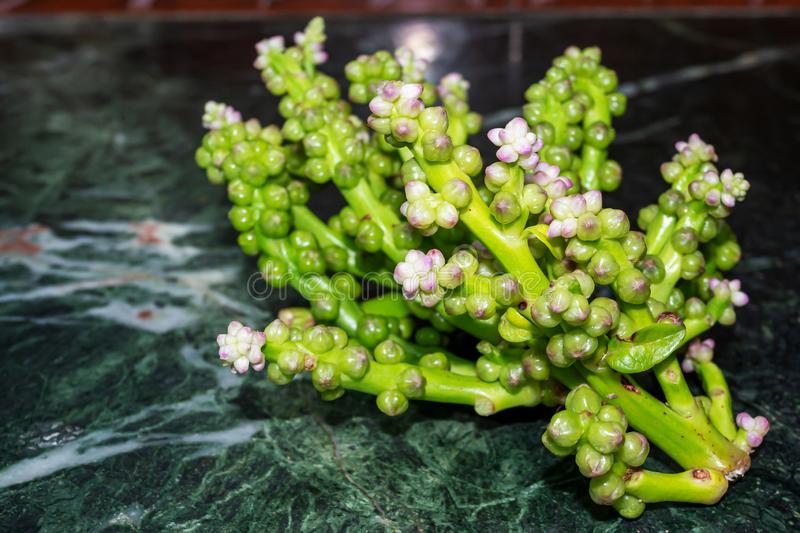
Description
$4 PER 5 SEEDS & ADD $4 PACK/POST CHARGE TO YOUR ORDER
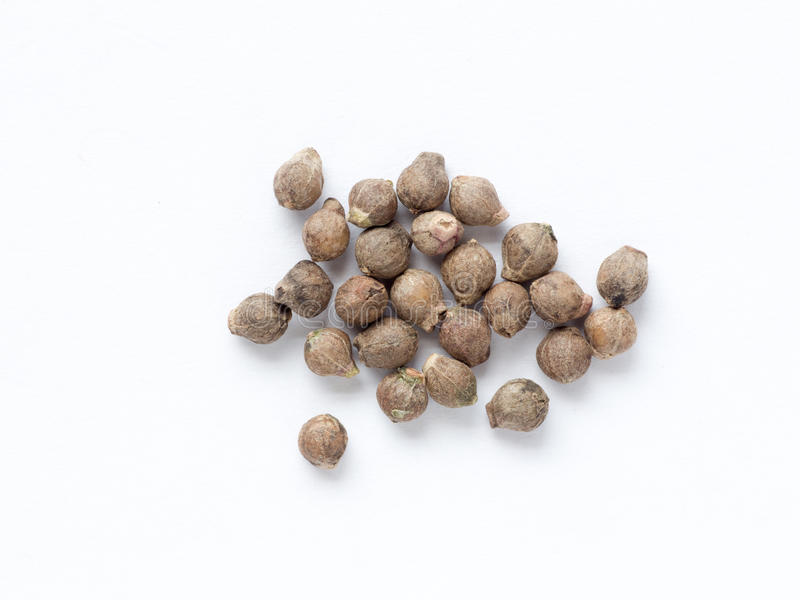
Basella alba is a fast-growing, soft-stemmed vine, reaching 10 metres (33 ft) in length.[citation needed] Its thick, semi-succulent, heart-shaped leaves have a mild flavour and mucilaginous texture. It is rich in vitamins A and C, iron and calcium. It has been shown to contain certain phenolic phytochemicals, and it has antioxidant properties.
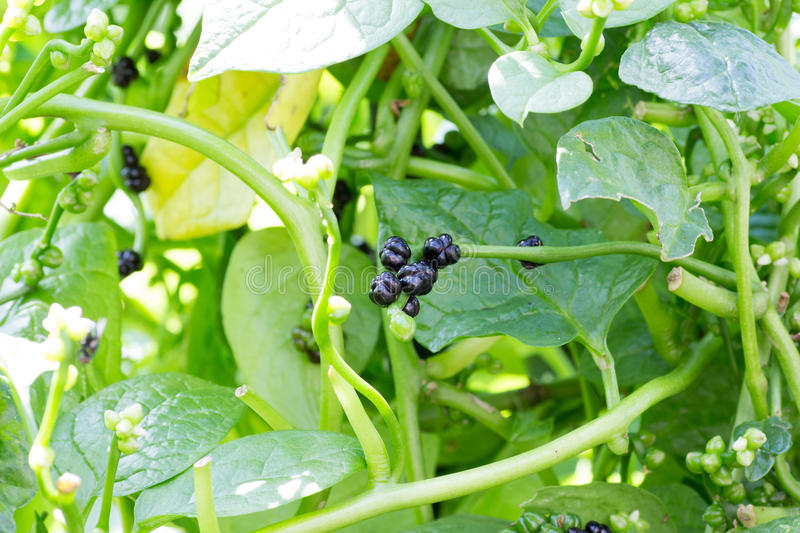
It is also called Malabar Spinach. There are two varieties – green and red. The stem of the Basella alba is green with green leaves and the stem of the cultivar Basella alba ‘Rubra’ is reddish-purple; the leaves form green and as the plant reaches maturity, older leaves will develop a purple pigment starting at the base of the leaf and work towards the end.
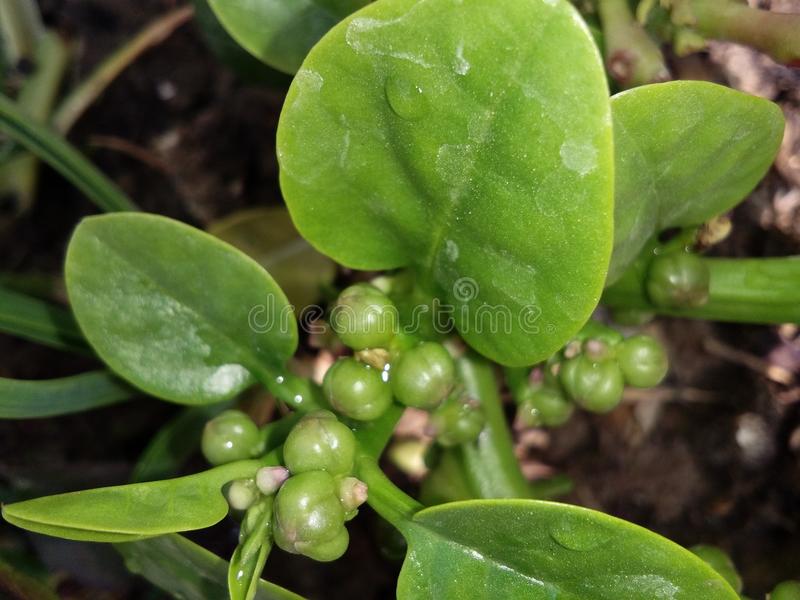
The stem when crushed usually emits a strong scent. Malabar spinach can be found at many Asian supermarkets, as well as farmers’ markets.
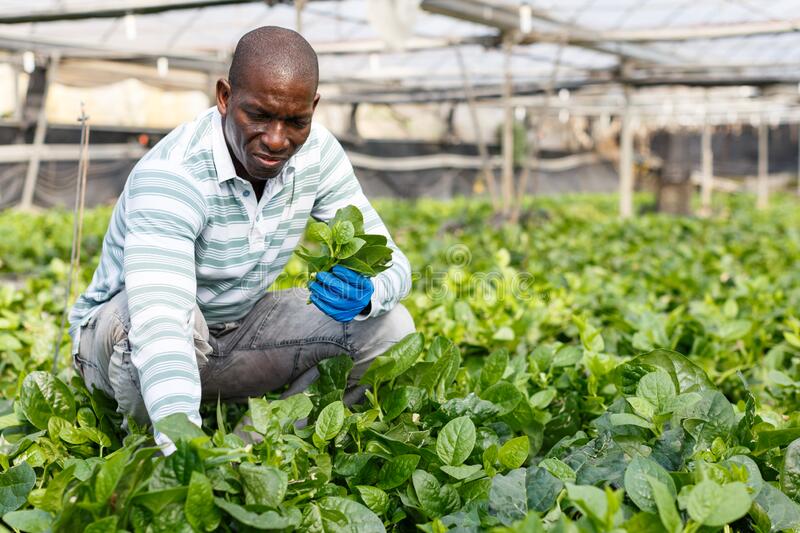
Soil and climate requirements
Basella alba grows well under full sunlight in hot, humid climates and in areas lower than 500 metres (1,600 ft) above sea level. The plant is native to tropical Asia. Growth is slow in low temperatures resulting in low yields.[citation needed] Flowering is induced during the short-day months of the year. It grows best in sandy loam soils rich in organic matter with pH ranging from 5.5 to 8.0.
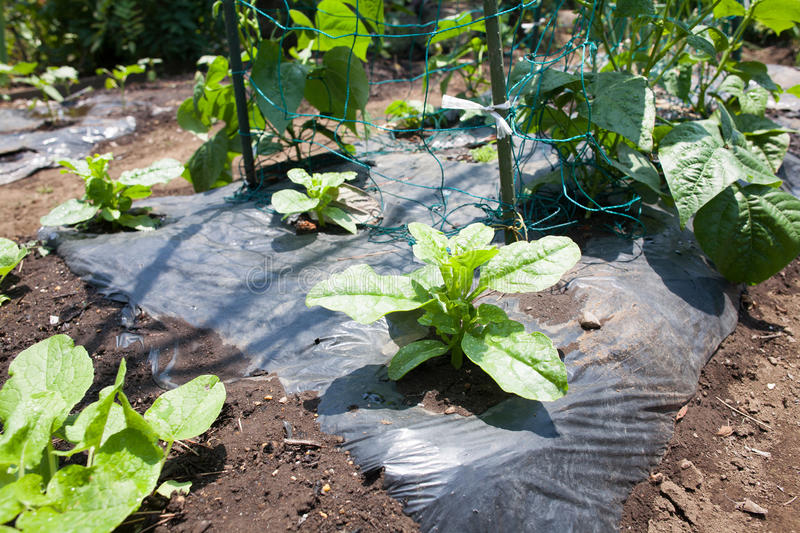
Uses

Dishes from malabar spinach in Indonesia
In the Philippines, the leaves of this vegetable are one of the main ingredients in an all vegetable dish called utan that is served over rice. It is usually cooked with sardines, onions, garlic, and parsley.
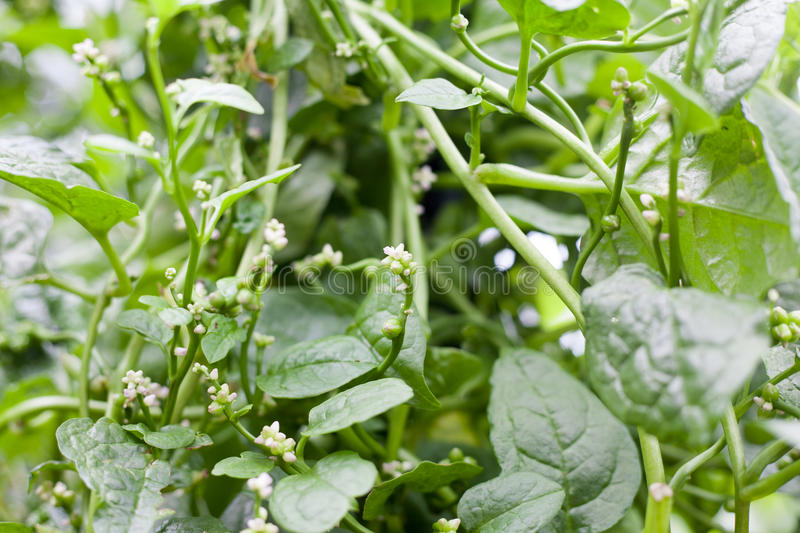
In Mangalorean Tuluva cuisine, a coconut based gravy called gassi is paired with the Basella plant, making a delicacy called Basale gassi to be eaten with rice dumplings called pundi soaked overnight in the gravy, or with red rice. Some variations have tiny prawns, clams, horsegram or dried fish in the gravy as well.
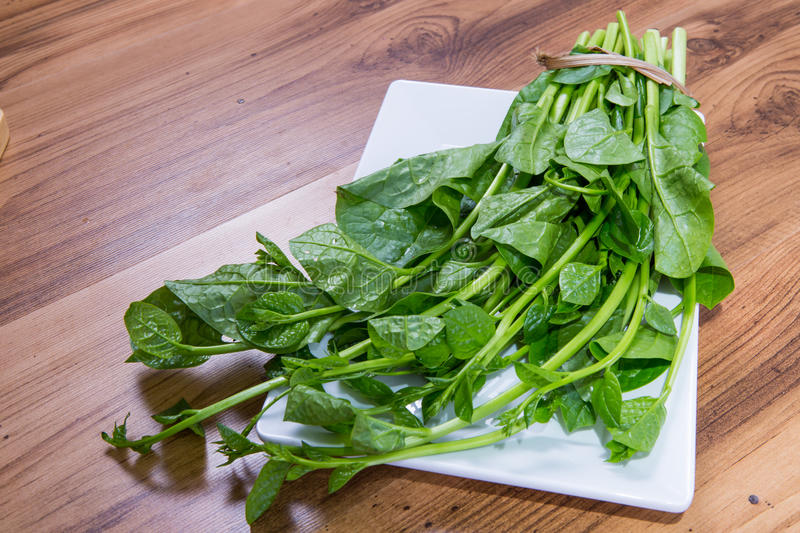
Beary Muslims of coastal Karnataka prepare Basalede kunhi pindi (small rice dumplings smeared in gravy prepared from Malabar spinach and dried tuna ). In Tamil it is called pasalakeerai.
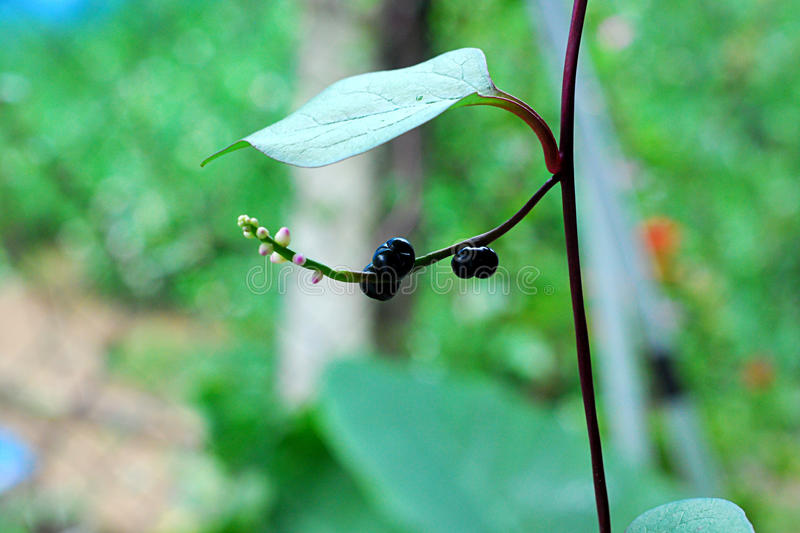
In Bengali cuisine it is widely used both in a vegetable dish, cooked with red pumpkin, and in non-vegetarian dishes, cooked with the bones of the Ilish fish and may also be cooked with shrimps.
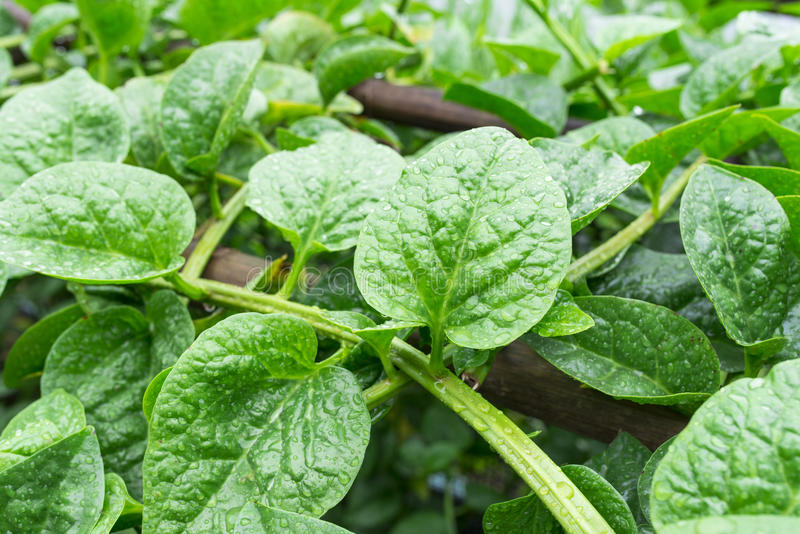
In Andhra Pradesh, a southern state in India, a curry of Basella and Yam is made popularly known as Kanda Bachali Koora [yam and Basella curry]. It’s also used to make the snack item bachali koora bajji.
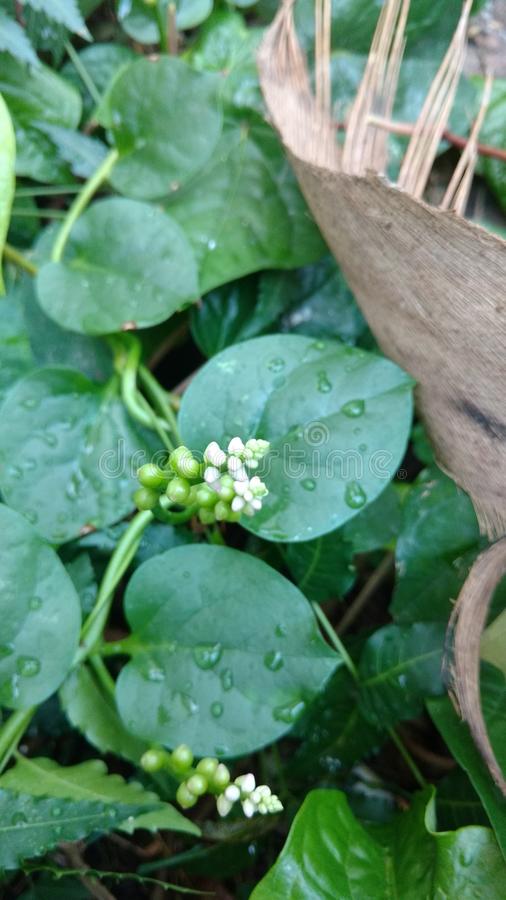
y type of dish made from green leafy vegetables is called Saaga in Odisha). In the Western Ghats in Maharashtra, India, it is used to make bhaji. It is also known as daento or valchi bhaji in Konkani.
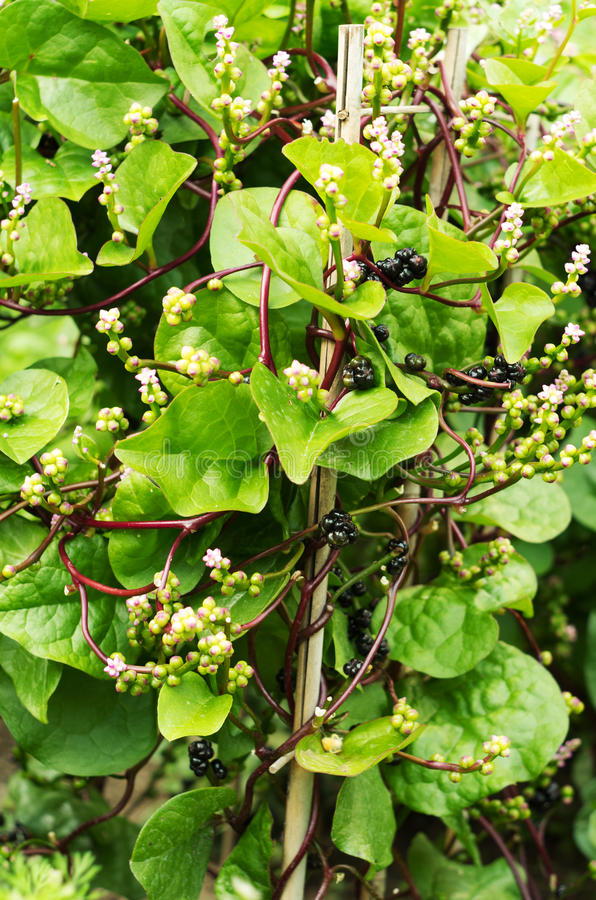
A common Mangalorean dish is “Valchi bhaji and shrimp – curry”. In Gujarat, fresh big and tender leaves are washed, dipped in besan mix and deep-fried to make crispy pakodas, popularly called “poi na bhajia”.
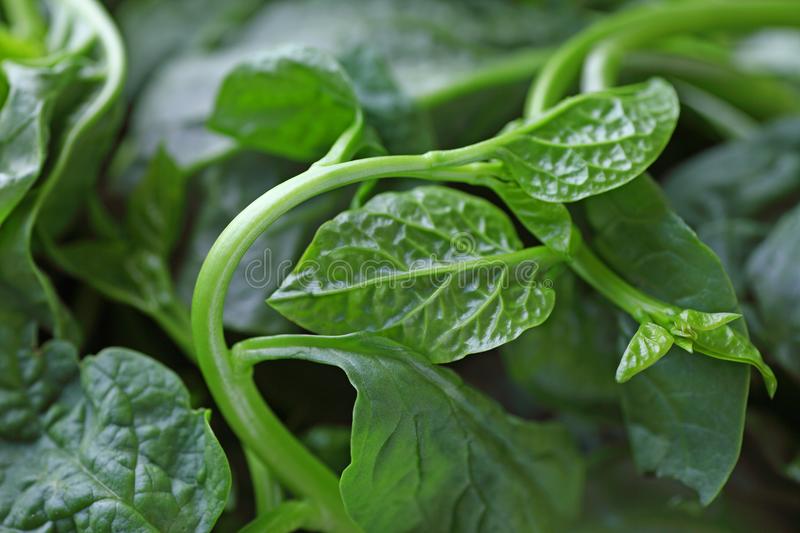
The vegetable is used in Chinese cuisine. It has many names including flowing water vegetable. It is often used in stir-frys and soups. In Vietnam, where it is called mồng tơi, it is cooked with shrimp, crab meat, luffa and jute to make soup. In Africa, the mucilaginous cooked shoots are most commonly used.
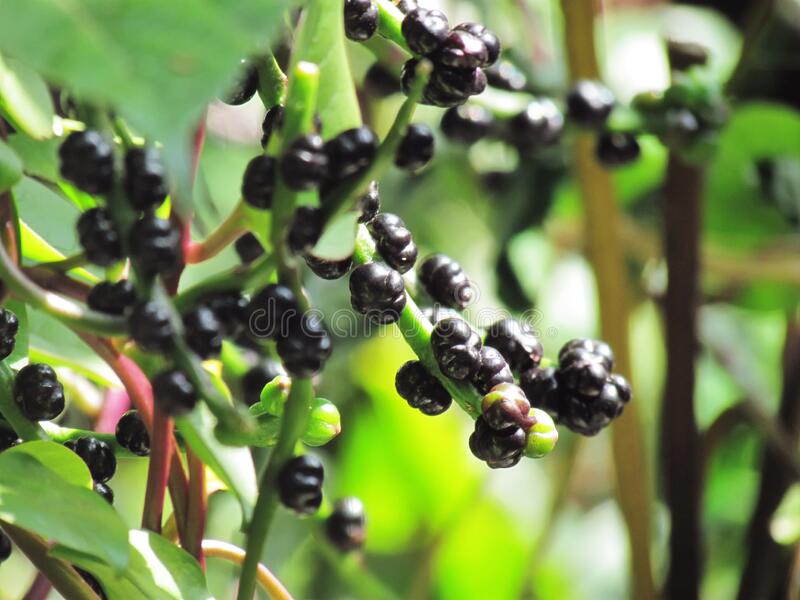
Historically, the red variety of Basella alba has also been used to make red dye in China.
Any questions or if buying, contact me HERE


